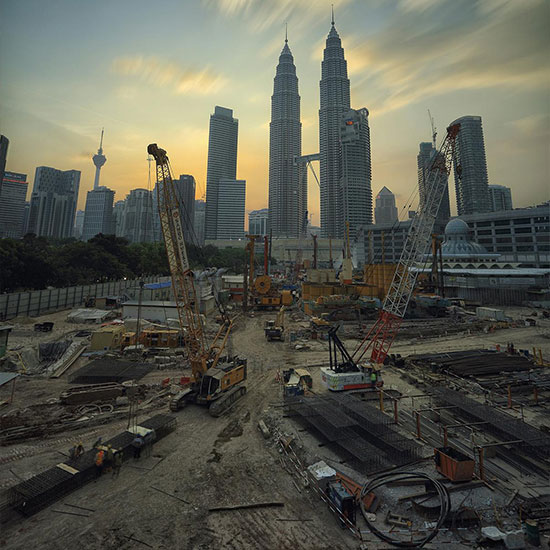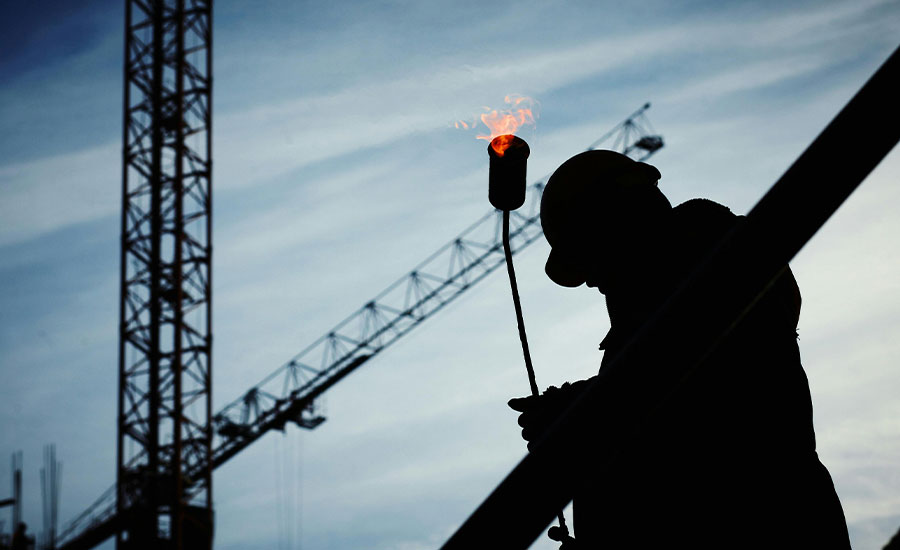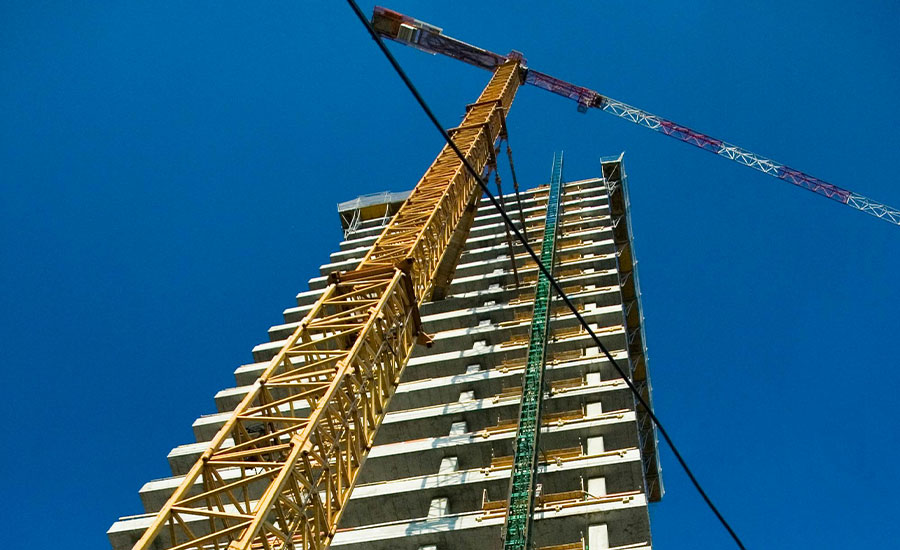
Construction Loans
Building Your Dream Home, Step by Step
Building the home you’ve always imagined is a uniquely satisfying process. But while the idea of choosing every fixture and paint color is enticing, the financial aspect can be daunting. That’s where construction loans come in. They’re designed to cover the costs associated with building a new home or significant renovations. In this blog post, we’ll dive into what construction loans are, how they work, their advantages and disadvantages, and how to navigate the process.
Understanding Construction Loans: The Basics
- What is a construction loan? A construction loan is a short-term loan specifically designed to fund the construction of new homes or major renovations. Unlike a traditional mortgage, where funds are released in one lump sum, construction loan funds are disbursed in installments aligned with specific project stages.
- How do they work? Construction loans typically have a 12-month construction phase. During this time, you’ll only pay interest on the portion of funds you’ve actually drawn. After the construction phase, the loan usually converts to a permanent mortgage, or you can refinance it with a separate mortgage lender.
Components of a Construction Loan
To understand construction loans better, it’s helpful to look at their key components:
- Down payment: Down payments for construction loans tend to be higher than traditional mortgages, often around 20-25%.
- Loan-to-value ratio (LTV): This ratio compares the loan amount to the finished home’s appraised value. Construction loans generally have lower LTV limits since the property doesn’t exist yet.
- Interest rates: Due to the increased risk, interest rates for construction loans are higher than standard mortgages.
- Draw schedule: This outlines when and how much money will be released at each construction phase.
- Conversion option: Some construction loans automatically convert to permanent mortgages. Others require separate refinancing after construction ends.

Types of Construction Loans
There are a few different options available when it comes to construction loans:
- Construction-to-Permanent Loans: The most common type. This loan converts to a traditional mortgage after construction.
- Construction-Only Loans: This loan must be refinanced into a mortgage or paid off completely after construction ends.
- Owner-Builder Loans: Designed for individuals acting as their own general contractor. These loans involve a higher level of risk and are more difficult to qualify for.

Advantages of Using Construction Loans
- Customization: Building allows you to create precisely what you want.
- Potential cost efficiency: You might get a better deal on land and materials compared to buying an existing home.
- Appreciation: Building a new home in a desirable area can yield significant appreciation of value
Maximizing Your Chances of Approval
Securing approval for a construction loan requires solid preparation. Consider these tips:
- Strong credit score: Aim for good credit (ideally above 700).
- Healthy debt-to-income (DTI) ratio: Lower DTI indicates you can handle additional debt.
- Substantial down payment: A larger down payment demonstrates commitment and lessens lender risk.
- Detailed plans and budget: Thorough blueprints and a realistic budget inspire lender confidence.
- Experienced builder: Choosing a reputable builder reassures the lender.

The Construction Loan Process: A Step-by-Step Guide
- Get pre-approved: It’s best to get pre-approval before finding land or a builder. This shows your financial readiness.
- Find a lender: Research different lenders specializing in construction loans. Compare rates, terms, and reputation.
- Choose a builder: Find a reputable builder with a proven track record and good communication skills.
- Secure land (if applicable): If you don’t own land, find a suitable lot. Your lender may have restrictions or guidelines.
- Create a detailed budget: Work with your builder on a comprehensive budget including materials, labor, contingency funds, etc.
- Submit loan application: Provide details about the project, budget, and builder. Be prepared for thorough documentation.
- Appraisal: The lender will order an appraisal to estimate the finished home’s value.
- Draw schedule creation: Work with your lender on a draw schedule aligned with construction milestones.
- Construction begins: Stay in close contact with your builder, lender, and conduct regular site visits.
- Loan conversion or refinancing: Once the house is complete, transition the construction loan into your permanent financing plan.
Should You Consider a Construction Loan?
Construction loans are the right choice if:
- You desire a custom home: You want design control and unique features.
- You have a clear vision: You’re comfortable with construction decisions and managing the process.
- You have the financial means: You have the down payment and income to handle a riskier loan.
However, construction loans might not be suitable if:
- You need a quick move-in: Construction takes time. Existing homes would be a better option.
- You’re budget-conscious: Costs can be unpredictable, and delays could lead to overruns.
- You dislike uncertainty: Construction projects come with inherent risks of delays or changes.
Alternatives to Construction Loans
If a construction loan seems too daunting, here are other options:
- Renovation Loans: These finance improvements to existing homes. Examples are FHA 203(k) loans or HomeStyle Renovation loans.
- Tract Homes: Many builders offer newly-built homes with some customizable features.
- Existing Homes: You might find a home needing only minor upgrades to fit your needs perfectly.
Final Thoughts
Building your dream home is an exciting and rewarding journey. Construction loans are a powerful tool to help you achieve that goal. By understanding the ins and outs of these loans, the process involved, and carefully choosing your lender and builder, you significantly increase your chances of a successful and smooth construction experience.

